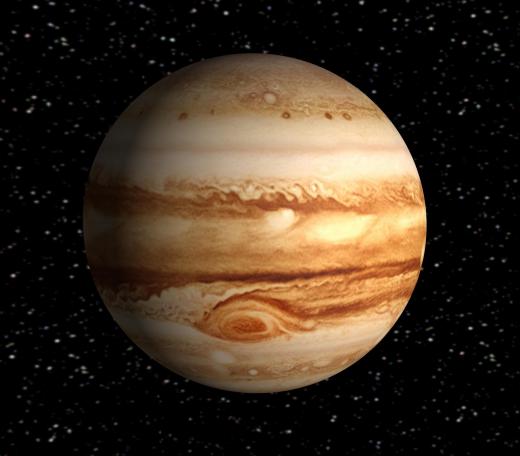What Was Shoemaker-Levy 9?
 Michael Anissimov
Michael Anissimov
Shoemaker-Levy 9 (SL9) was a comet that collided with Jupiter in 1994. The impact was one of the most closely watched astronomical events of the century, and was the largest collision ever observed between two solar system objects. The high public visibility of the collision helped to popularize the idea that the Earth was vulnerable to impacts from space.
Shoemaker-Levy was originally a short-period comet, with a nucleus roughly three miles (five kilometers) across. During the twentieth century, it was captured by Jupiter's powerful gravitational field, entering into a long, loose orbit around Jupiter. Eight months before Shoemaker-Levy was discovered, in July 1992, the comet passed so close to Jupiter that it was ripped apart into a train of strung-out fragments. When the comet was discovered in March 1993 by the Shoemakers and David Levy, its odd appearance marked it as unusual, and astronomers quickly discovered that it was on a collision course with Jupiter.

The fragments of Shoemaker-Levy varied in size, from a few hundred feet (a hundred meters) across to a mile (two kilometers) in diameter. They were predicted to collide with Jupiter over a period of five days, and although the impacts would be on the side of Jupiter facing away from the Earth, many astronomers still watched the giant planet in the hope of seeing something. The Hubble Space Telescope, the Galileo spacecraft, and the ROSAT X-Ray observatory all turned to Jupiter to see the aftereffects of the collisions.
When the comet fragments started to collide with Jupiter on July 16, 1994, the size and speed of the impacts produced large white-hot fireballs, which rose over Jupiter's limb and were seen from Earth-based telescopes. The fireballs were so hot that they glowed for over thirty seconds after the impacts, and the explosions produced huge dark splotches in Jupiter's atmosphere, which were visible for months afterward. Astronomers later analyzed the chemical composition of the splotches, hoping to gather information about the structure of Jupiter's atmosphere.
The excitement surrounding the impact has made it easier for people to take the threat of an asteroid impact seriously. Collisions like this are not at all uncommon, taking place on Jupiter roughly once every thousand years. The spacecraft Voyager 2 even found long chains of craters on Jupiter's moons Callisto and Ganymede, presumably caused by other broken-up comets. Although Earth impactors are rarer because of Earth's smaller size and mass, catastrophic collisions have occurred in the past, most notably the Chicxulub impactor that is thought to have caused the dinosaur extinction.
AS FEATURED ON:
AS FEATURED ON:











Discuss this Article
Post your comments